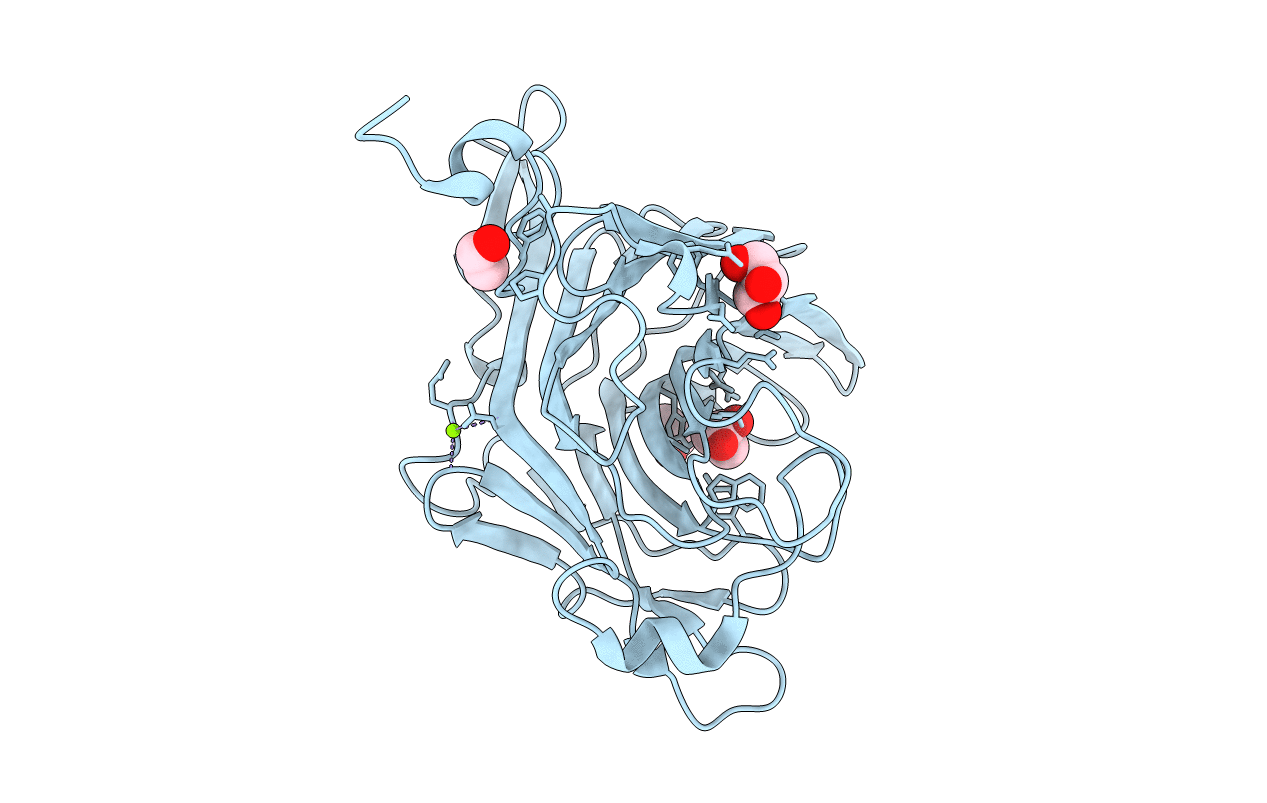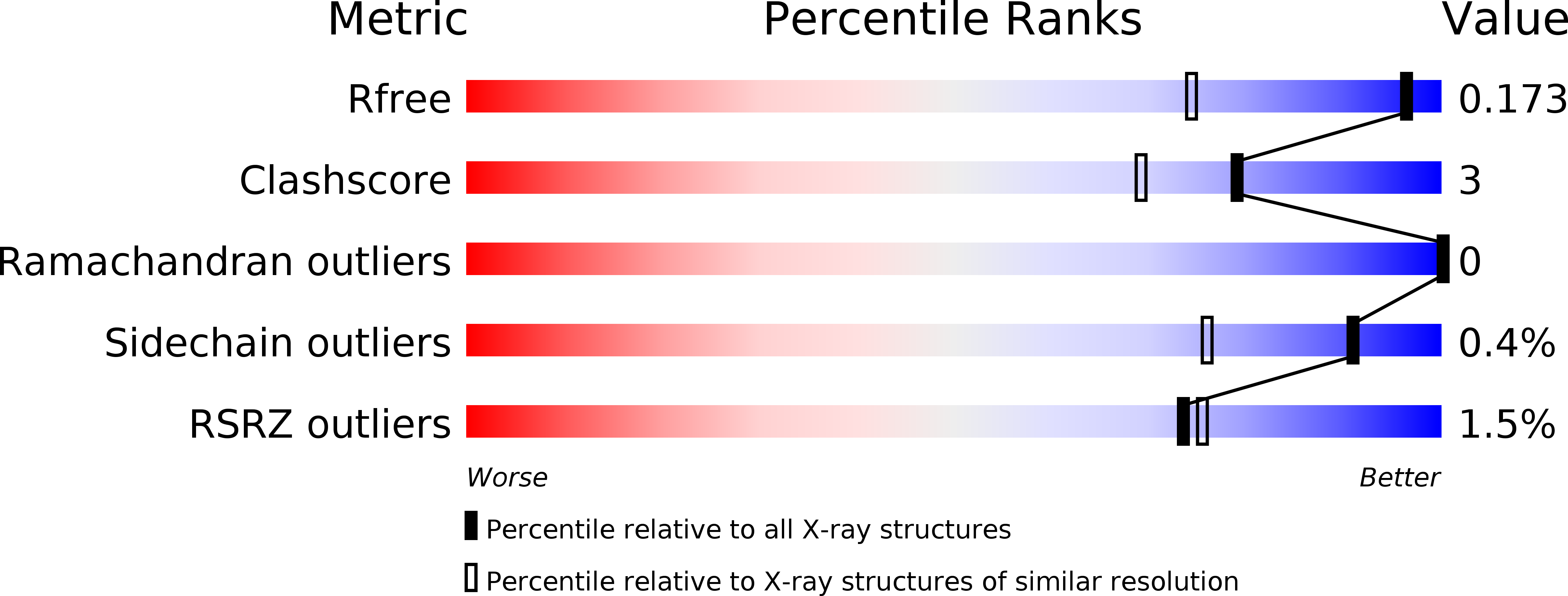
Deposition Date
2018-10-19
Release Date
2019-03-13
Last Version Date
2024-11-06
Entry Detail
PDB ID:
6HY3
Keywords:
Title:
Three-dimensional structure of AgaC from Zobellia galactanivorans
Biological Source:
Source Organism:
Zobellia galactanivorans (Taxon ID: 63186)
Host Organism:
Method Details:
Experimental Method:
Resolution:
1.30 Å
R-Value Free:
0.16
R-Value Work:
0.14
R-Value Observed:
0.15
Space Group:
P 21 21 2


